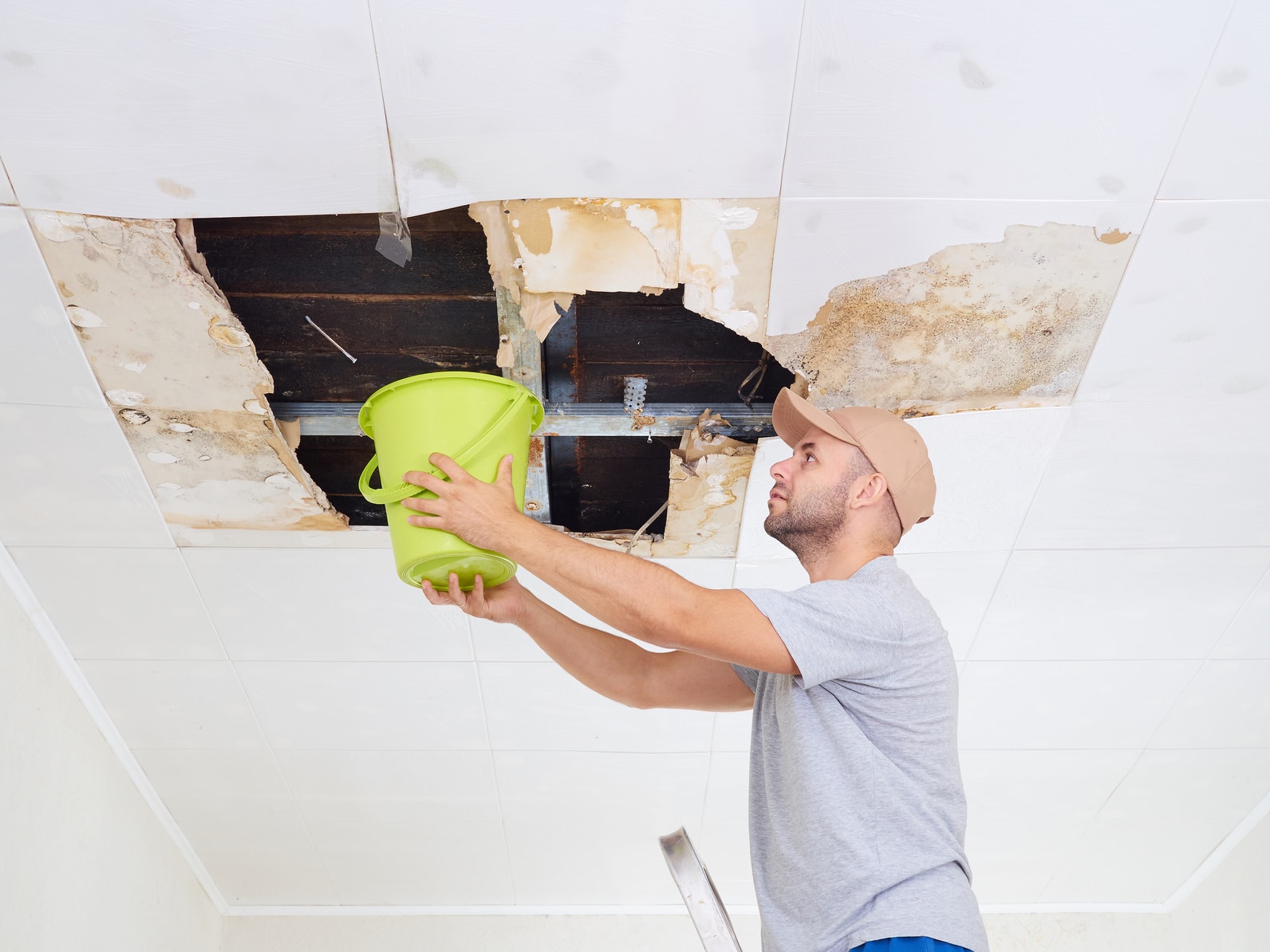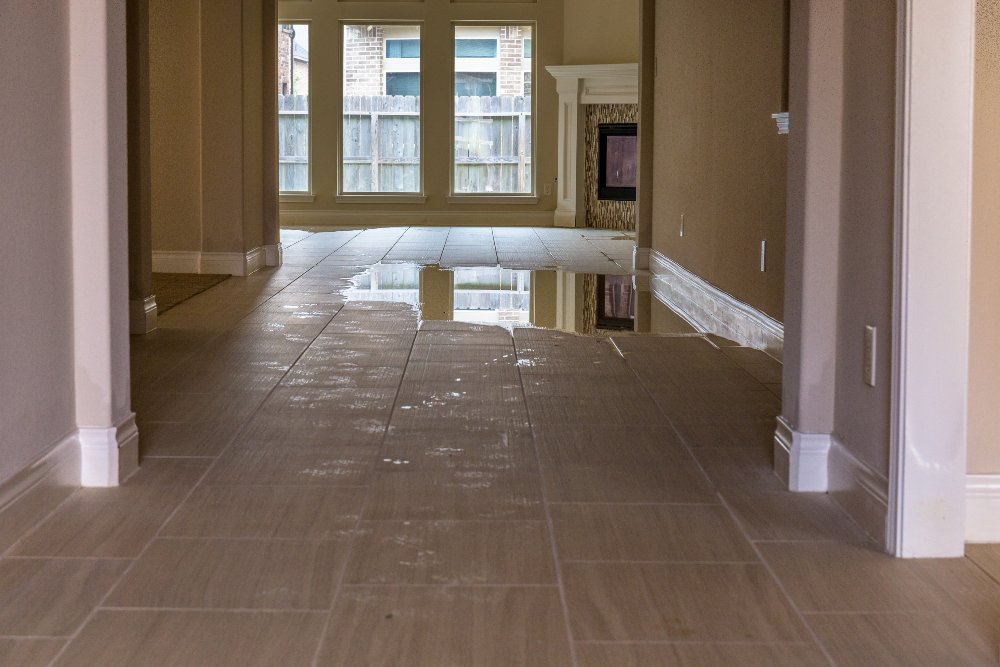Leak Detection Philadelphia: Very Early Treatment for Building Protection
Leak Detection Philadelphia: Very Early Treatment for Building Protection
Blog Article
Emergency Water Damage Restoration: Swift Response to Reduce Further Damage
What precisely does emergency water damage reconstruction involve? By recognizing the seriousness and extensive nature of this procedure, you will certainly get beneficial insights into just how experts take on emergency water damages, ensuring a swift and efficient feedback.
Significance of Swift Action
Swift reaction is of utmost relevance in water damage reconstruction to reduce more damage and reduce possible risks. When water damage takes place, whether due to a ruptured pipeline, an all-natural disaster, or any type of various other unexpected occasion, time is essential. The longer water sits in a building, the even more damages it can create. This is why it is important to act swiftly and efficiently to remove the water and start the repair procedure.
Among the main reasons swift response is vital in water damage repair is to stop the development of mold and mildew and mold. Mold and mildew can begin to expand within 24 to two days of water direct exposure, and when it holds, it can spread quickly throughout the afflicted area. Mold not only causes further damages to the framework of the structure however likewise presents health and wellness dangers to residents. By responding swiftly, specialists can extensively dry out the area and inhibit the growth of mold and mildew, decreasing the demand for substantial remediation and guaranteeing the security of those involved.
Water damage can be ravaging, particularly when it influences personal products of emotional or financial value. Performing promptly allows professionals to examine the damages and apply appropriate remediation methods to recover as much as feasible.
Assessing the Extent of Damage

Throughout the analysis, reconstruction specialists extensively examine the affected area to identify visible signs of damages, such as water discolorations, deformed products, and mold and mildew development. They likewise utilize specific devices to discover concealed damage, such as moisture meters and thermal imaging video cameras. This extensive assessment allows them to accurately determine the extent of the damage and create a customized repair plan.
Evaluating the extent of water damage is essential since it assists professionals prioritize their initiatives. They can identify locations that need immediate focus, such as standing water elimination and drying, to avoid more damage and decrease the danger of mold development. They can also establish the areas that require repair services or replacement, ensuring that no damage goes neglected or undetected.

Water Removal and Drying Refine
The water extraction and drying out process is a vital action in water damages restoration, as it includes the elimination of excess water and the extensive drying out of the affected area to avoid additional damages and mitigate the danger of mold and mildew development. After evaluating the level of the water damages, the next step is to remove the water from the damaged area. This is normally done making use of specialized devices such as vacuums, pumps, and dehumidifiers. These devices are designed to effectively and properly remove water from various surfaces, here are the findings including floors, rugs, and walls.
This step is vital in preventing secondary damages, such as structural damages and the development of mold and mildew and mildew. The drying out process might take numerous days, depending on the degree of the water damage and the products included.
It is essential to guarantee that the afflicted area is entirely dry before waging any repair work or restoration. Failure to extensively dry the area can lead to long-term issues, consisting of weakened frameworks, mildewy odors, and the development of mold and mildew and mildew. Expert water damage reconstruction firms employ moisture detection equipment to ensure that the afflicted location is totally dry before continuing to the next action.
Mold And Mildew Avoidance and Remediation
Reliable mold avoidance and remediation are important in water damage repair to guarantee the safety and integrity of the afflicted area. mold inspection philadelphia. When water damages takes place, whether from a ruptured pipe, flooding, or a leaky roof, it creates an optimal setting for mold development. Mold can start to create within 24 to 2 days after water damages, and if left neglected, it can spread swiftly and cause significant health and wellness dangers
To prevent mold development, it is crucial to address water damage quickly. The initial action is to identify and fix the source of the water invasion.
In instances where mold and mildew development has actually currently taken place, remediation is needed to eliminate the mold and mildew and prevent its return. This involves the cautious elimination and disposal of affected materials, such as drywall or carpeting, to make sure that all traces of mold are removed. It is essential to note that mold and mildew removal ought to be lugged out by experts who have the needed training and tools to safely remove and manage mold and mildew.
Bring Back the Affected Location

To start with, it is necessary to thoroughly dry the location to stop any additional damage and to prevent the growth of mold and mildew and mold. This might involve using specialized drying tools, such as dehumidifiers and industrial-grade followers, to eliminate all wetness from the damaged surface areas.
When the area is completely dry, the reconstruction procedure can start. This might involve repairing or replacing damaged structural elements, such as floor covering, ceiling, or drywall floor tiles. It is important to deal with any type of underlying problems that may have triggered the water damage, such as leaking pipelines or faulty plumbing, to avoid future incidents.
Additionally, restoring the affected area might additionally consist of painting wall surfaces, replacing damaged fixtures, and thoroughly cleansing and disinfecting the room. This makes sure that not just is the area structurally sound, yet it read more is additionally cosmetically pleasing and risk-free for occupancy.
Conclusion
In conclusion, speedy feedback is critical in decreasing additional damage triggered by water emergency situations. Examining the extent of damages enables efficient water extraction and drying out processes to be implemented. In addition, mold avoidance and removal are important in restoring the damaged area. Overall, timely action and extensive remediation measures are vital to alleviating the negative influences of water damage.
Swift reaction is of utmost relevance in water damage repair to decrease further damages and minimize potential dangers.Throughout the assessment, remediation specialists thoroughly analyze the afflicted location to identify visible indications of damages, such as water discolorations, deformed materials, and mold and mildew development.The water removal and drying process is a critical step in water damages remediation, as it includes the elimination of excess water and the thorough drying of the afflicted area to stop more damages and minimize the danger of mold development. After analyzing the degree of the water damages, the next step is to remove the water from the affected location.Effective mold and mildew avoidance and remediation are essential in water damage reconstruction to guarantee the safety and security and stability of the damaged location.
Report this page